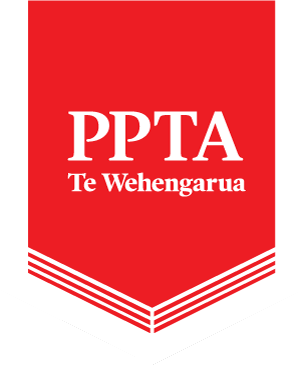Quarterly funding
This funding model has a pernicious effect on secondary schools making it difficult for them to make curriculum decisions at the beginning of the year because of the risk funding may reduce while costs remain the same.
The impact falls particularly heavily on low-decile schools where the Government’s “priority learners” congregate.
PPTA Te Wehengarua is opposed to Quarterly Funding
What is quarterly funding
Government resourcing to state and integrated schools (operational funding) comes in three main 'parcels'.
1. Funding for major school property costs.
2. Funding for teacher salaries. The number of teachers schools are funded to employ is generated almost exclusively by the number of students at the school and paid for directly by the Ministry.
3. Operational funding, also generated from the number of students at the school. This money has to cover all school running costs, including the curriculum materials, the wages of all non-teaching staff, day to day property maintenance, classroom materials, purchase and depreciation of capital items, leases and rentals and all staff professional development.
Until 2011 operational funding and staffing was calculated once, for the roll at the start of the year (i.e. 'annual funding'), and then paid quarterly to schools. This provided security of budget for secondary schools as their rolls fluctuate through the year but their term by term income was guaranteed from the start of the year.
Operational funding is now re-calculated each quarter (hence 'quarterly funding'). The amount is adjusted down when a student leaves in the quarter that the grant covers. Now most schools face funding cuts every ten weeks as students leave during the year.
This impacts on the remaining students in a school as the costs of running a class don't change if a student leaves. The shift to quarterly funding cut several million dollars each year from secondary schools' operation funding. It has made budgeting much more difficult and reduced overall expenditure on curriculum and other student-related activities in the schools.

Last modified on Wednesday, 17 May 2023 09:11
